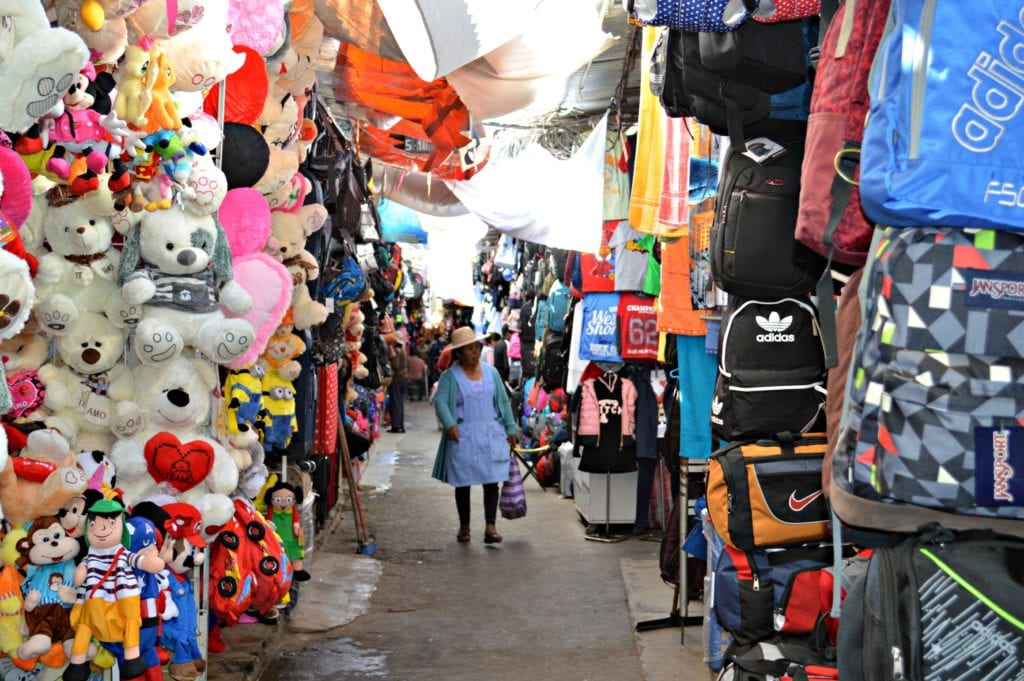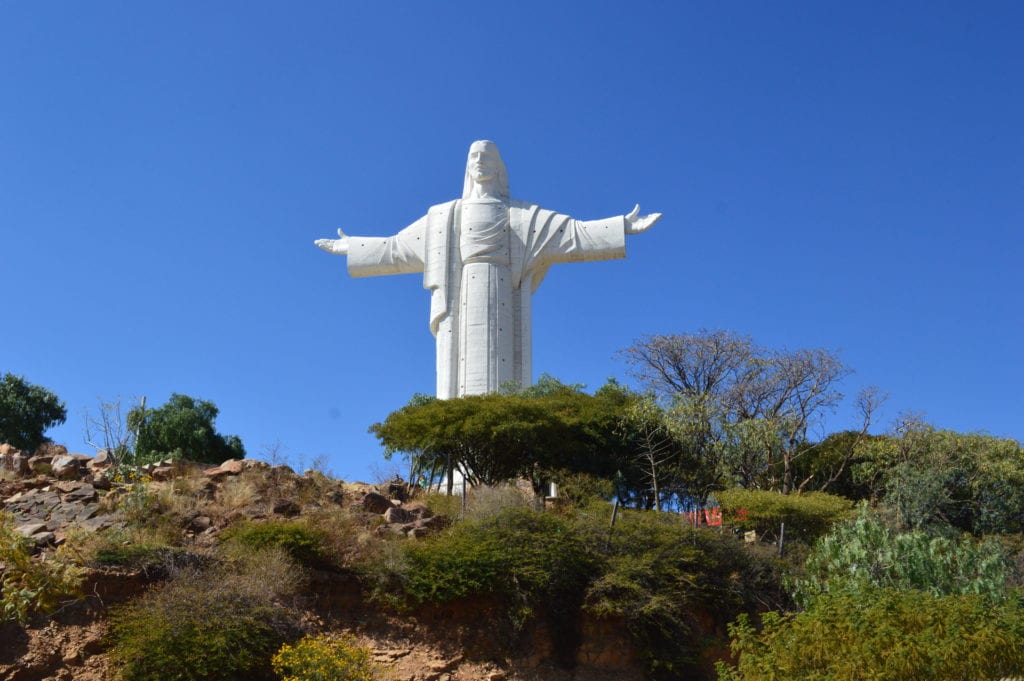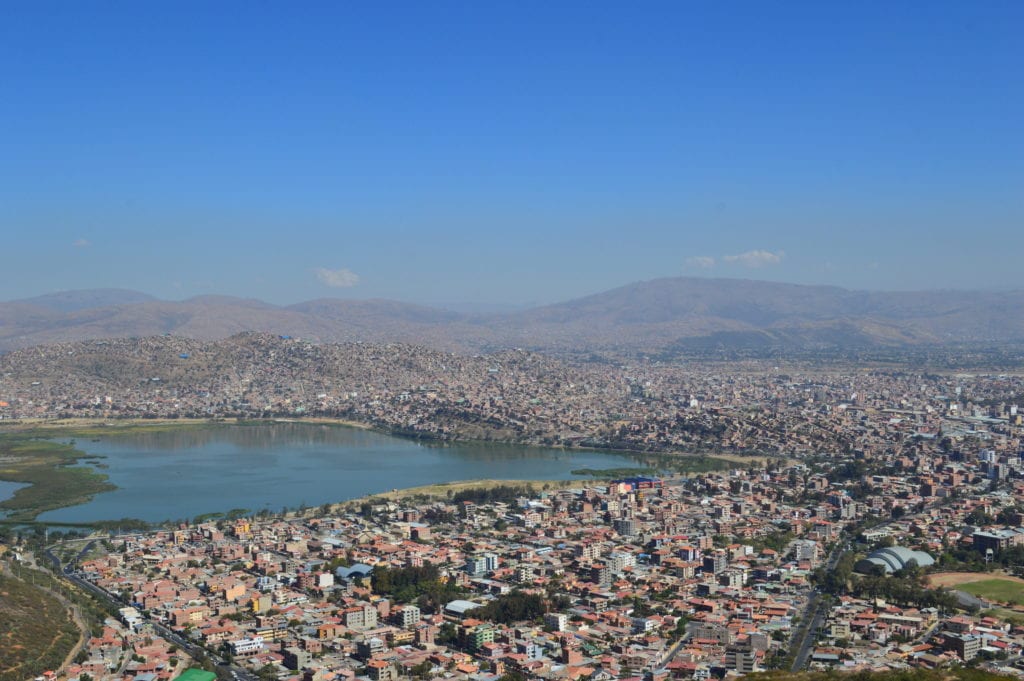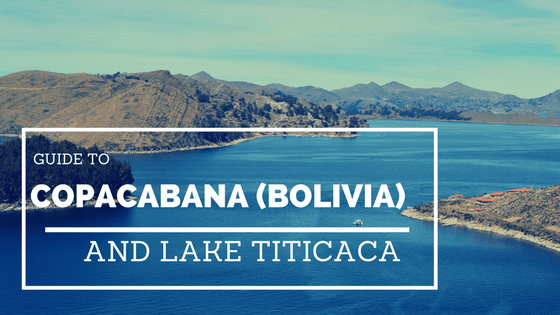Bolivia hits you with an inescapable assault of sights, sounds and smells from the minute you arrive, none of which you can begin to imagine while reading your guidebook at home. Cochabamba, the fourth largest city in the country is nothing extraordinary. Also nick-named as the gastronomic capital of Bolivia, you can feel the city’s vibrant culture by spending a day or two before hopping onto a prehistoric trip to Toro Toro National Park.
Getting There:
By Air:
There are regular flights between Cochabamba (CBB) and other major cities in Bolivia. TAM , a Bolivian airforce owned airline offers the cheapest fares and departs/arrives from military airports which are located a few blocks away from passenger terminal in the country. From Cochabamba Airport to the centre of the city, a taxi would cost 25 Bolivianos while a trufi (mini-bus) would cost 2 Bolivianos.
Tip: If flying from La Paz, sit on the left side of the aircraft to get a stunning view of Mt. Illimani just off the wingtip.
By Bus:
The bus terminal is located six blocks away from the main square, near Mercado La Cancha. It costs 50-70 Bolivianos to and from La Paz and 70-120 Bolivianos to and from Santa Cruz.

What To See:
Cristo De La Concordia:
Amidst the bustling city, a cable car leads to the massive Cristo de la Concordia, a 40.44 metres (132.7 ft) statue of Jesus Christ perched on top of San Pedro hill. The statue is the second largest statue of Jesus Christ in the world after Christ the King in Świebodzin, Poland.
Getting There:
Cristo De La Concordia is accessible by cable car or by climbing 2,000 steps. The locals however discourage people from climbing steps because it is often deserted and robberies have taken place.
Cost: An entry ticket is not required to visit Cristo De La Concordia. A one-way Teleferico (Cable Car) ticket would cost 6.50 Bolivianos and a return trip would cost 10.50 Bolivianos.
La Cancha:
La Cancha (walled enclosure in Quechua) is the largest open air market in the Americas. Clothing, food, souvenirs, or books, La Cancha has it all at extremely competitive price. Wandering through the market’s sprawling labyrinth of stalls is the best way to get a feel for the vibrant commercial culture. La Cancha is open seven days a week from 6 am to 3 pm. Wednesday and Friday being market days or dia del feria it gets quite busier.
Getting There:
The marketplace covers a 15-block area of the city along the Av. San Martin, which runs north from La Cancha to the center.

Where To Eat:
Being the gastronomic centre of Bolivia, Cochabamba has a reputation for its excellent cuisine. Eating is huge a part of the culture here, and food is pretty inexpensive.
There are plenty of vegetarian restaurants too.
Sabro-Vida, Serves vegetarian lunch from 12 noon to 2 pm on weekdays for 15 Bolivianos and on Sundays for 17 Bolivianos. They also serve good vegetarian pizzas in the evenings from Monday to Thursday.
Getting There: At the top of Calle Junín #942 (almost at the Costañera).
Gopal Cochabamba is a Vegan restaurant with typical Hare Krishna dishes. Usually offers two soups, two main dishes, various salads, and dessert for 20 Bolivianos. It’s open from 11:00am-2:00 pm, Monday to Saturday.
Getting There: Calle Espana N-250 (at Gallery Olimpia).
Where To Sleep:
Av. Aroma a block away from the bus terminal has many hostels and hotels. If you are a budget traveller, then you can walk into one of the many alburges. A private room with shared bathroom would cost 30-40 Bolivianos.
Get Out:
Cochabamba is the jump-off point to one of the major attractions in Bolivia, Toro Toro National Park, famous for its remnants of dinosaurs. Mini-Vans leave regularly from 0800 am to 0800 pm from Calle Mairana on the corner with Avenida Republica (south-facing side). It takes around 4 hours and costs 35 Bolivianos per person.








Never been to Bolivia. But this would be definitely my guide when I head there. It’s good to know there are lots of places to visit and also there are lots of budget accommodation options quiet near to the bus stand itself.
It reminded me of my travel to Bolivia almost 3 decades ago, when Bolivia was a very different country! 🙂
wow loved reading it…will visit again 🙂